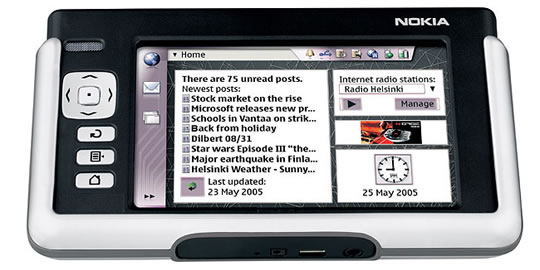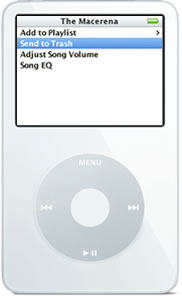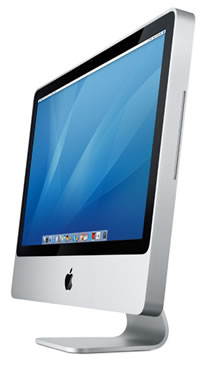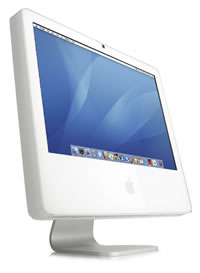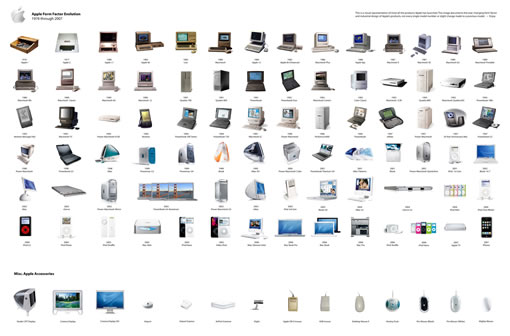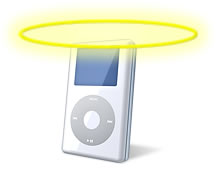
Something often attributed to Apple's astonishing growth is the
"iPod
Halo Effect" which is the idea that lots of people who bought iPods will
buy other Apple product because they like the iPod so much. But there's
another iPod Halo Effect at work that's reaching beyond Apple to the entire
technology industry. The other iPod Halo Effect is that technology
companies are finally realizing that customers want attractive, easy to use
products, that interface seamlessly with their computers and, furthermore,
that all new products need to be expertly marketed. The effects of this
newfound interest in design can already be seen.
Belkin has released a
steady stream of new computer accessories with compelling designs, like the
laptop@home
products designed by
Mike and
Maaike and their line of
attractive
surge protectors. Also, Microsoft's Zune is another great
example. With the Zune Microsoft abandoned their normal strategy of
making the software platform and letting other companies make the
hardware. Instead Microsoft created the Zune device as well as the Zune
software and music store to deliver a much more cohesive user experience
(at
least in theory).
Dell
and
HP
have even stepped up their advertising with some pretty sweet tv spots.
Dell also is ramping up their design capabilities, as evidenced with the new
M1330.
In
this
interview with Vio Luminosu, one of Dell's lead industrial designers, he
says:
we've built up our internal design department we have a stronger
goal and a stronger focus on design within our group
Of course companies trying to match Apple's product design may still find it
difficult without also making some serious changes to how they approach
hardware. One of the reasons Apple is able to execute such attractive
and specific designs is that many of the components inside Apple's devices are
custom manufactured just for Apple. Companies like Dell and HP, for
instance, typically just design their own enclosures for someone someone
else's hardware, which is often the same hardware used by countless other
companies. That can make it difficult to achieve a unique appearance,
feature set or sleek form factor. Of course, the M1330 is good
indication that we may see Dell begin to change all that, and hopefully the
M1330 will work as good as it looks. Also, while Microsoft's XBOX 360
looks great and is a leader in the current generation of game consoles, it's
also suffering from
terrible
hardware failure rates. Microsoft made a big splash with
Surface, but
it's bulky hardware is destined to be upstaged by something thinner and more
advanced. While hiring great industrial designers designers, user
interface designers, experience designers, and marketing companies is a great
first step, many tech companies will also need to increase their hardware
capabilities so that the are able to support the vision of the designers and
marketers they hire.
